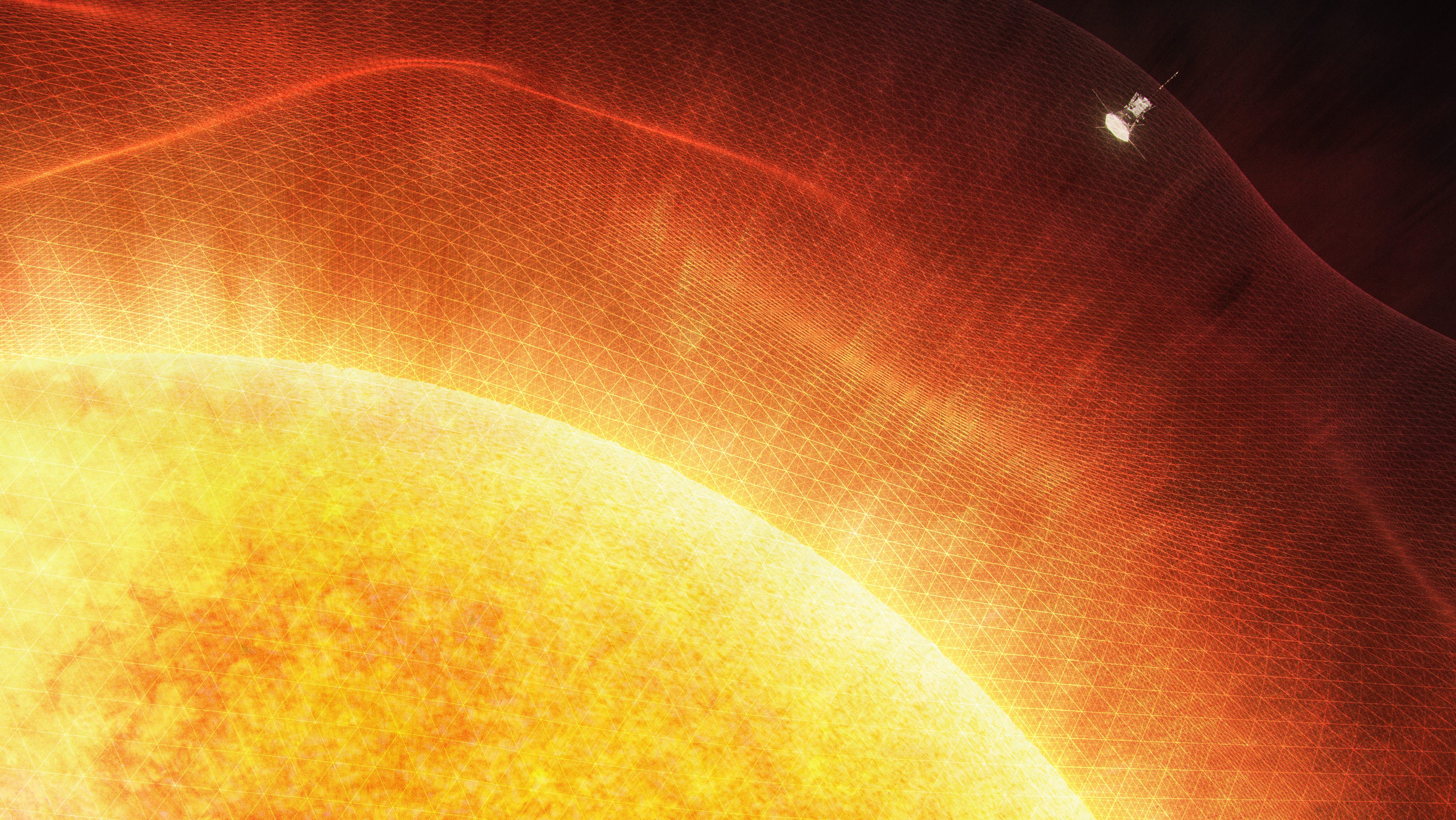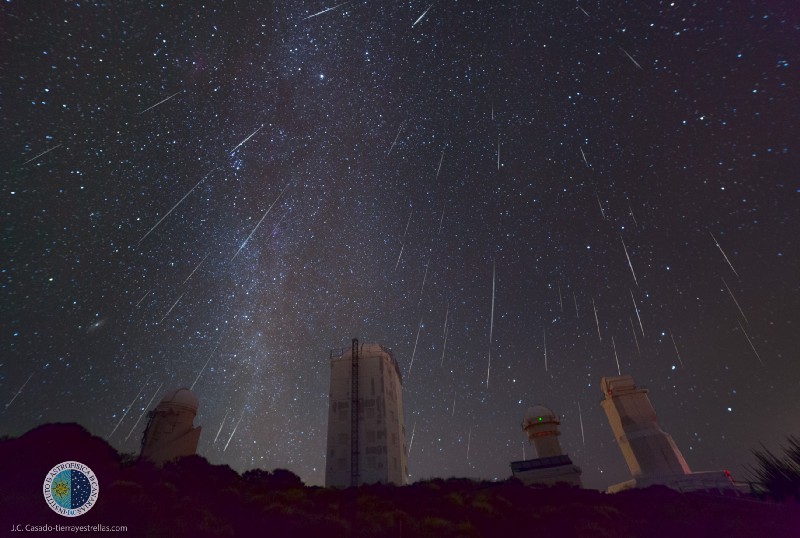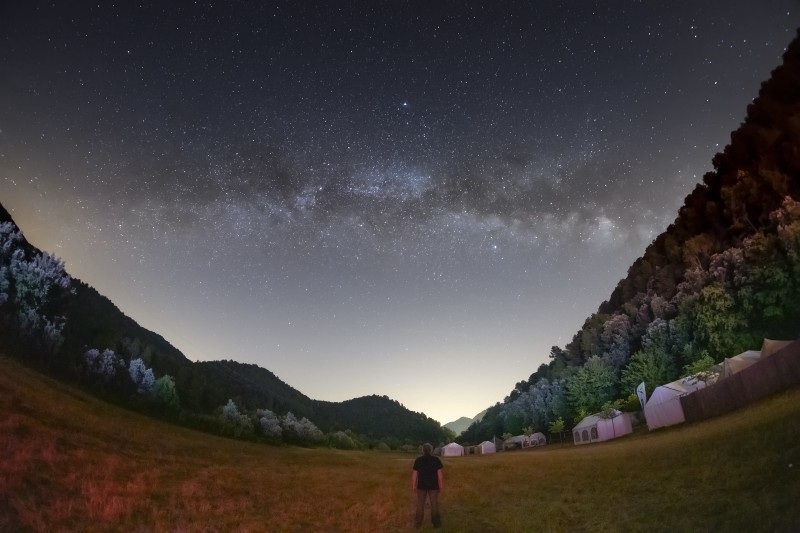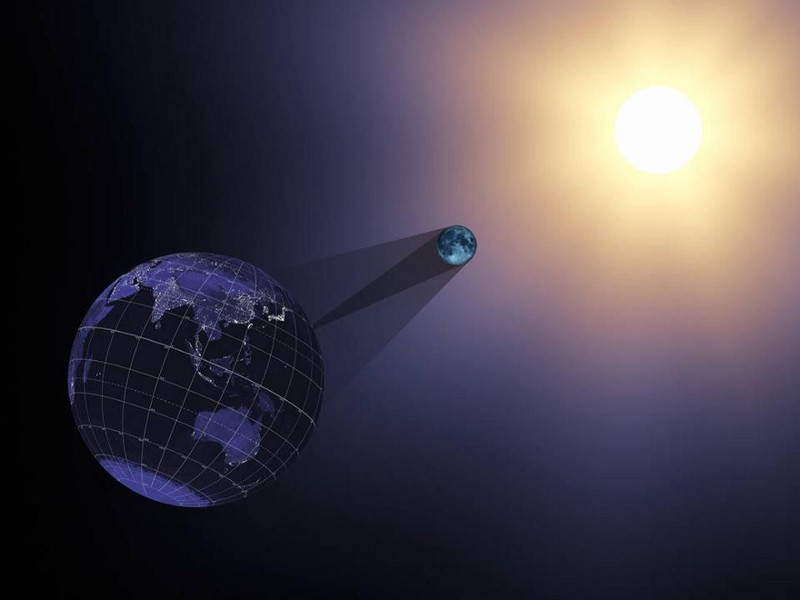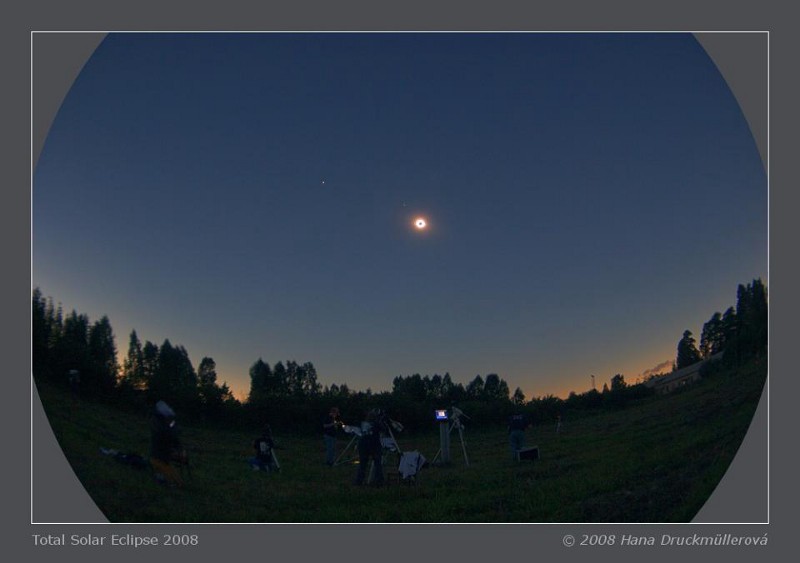Mostly Mute Monday: The edge of the Sun
Incredible views from a single solar eclipse, thanks to an amazing photography mastermind.
“Girls blush, sometimes, because they are alive, half wishing they were dead to save the shame. The sudden blush devours them, neck and brow; They have drawn too near the fire of life, like gnats, and flare up bodily, wings and all. What then? Who’s sorry for a gnat or girl?” –Elizabeth Barrett Browning
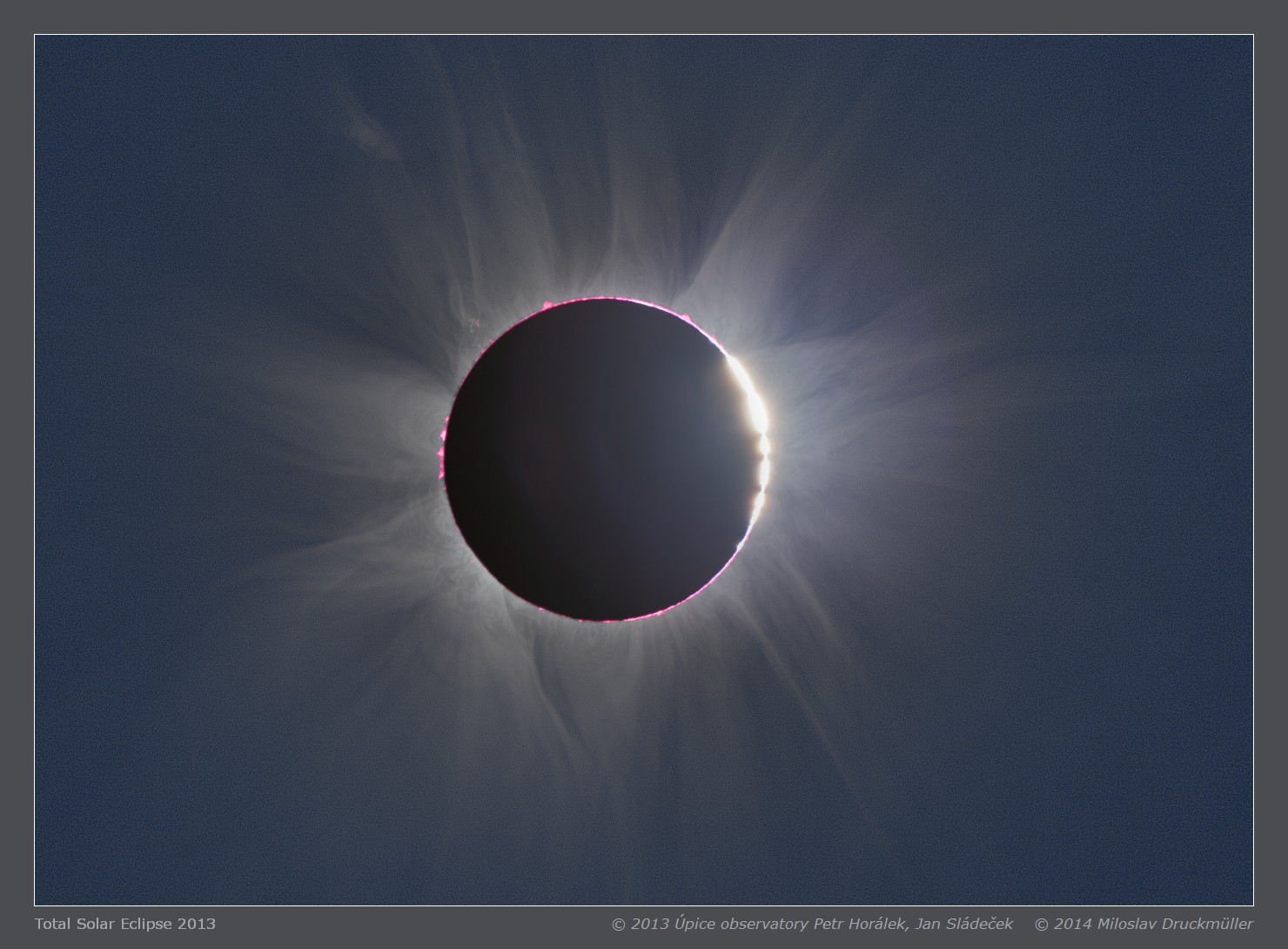
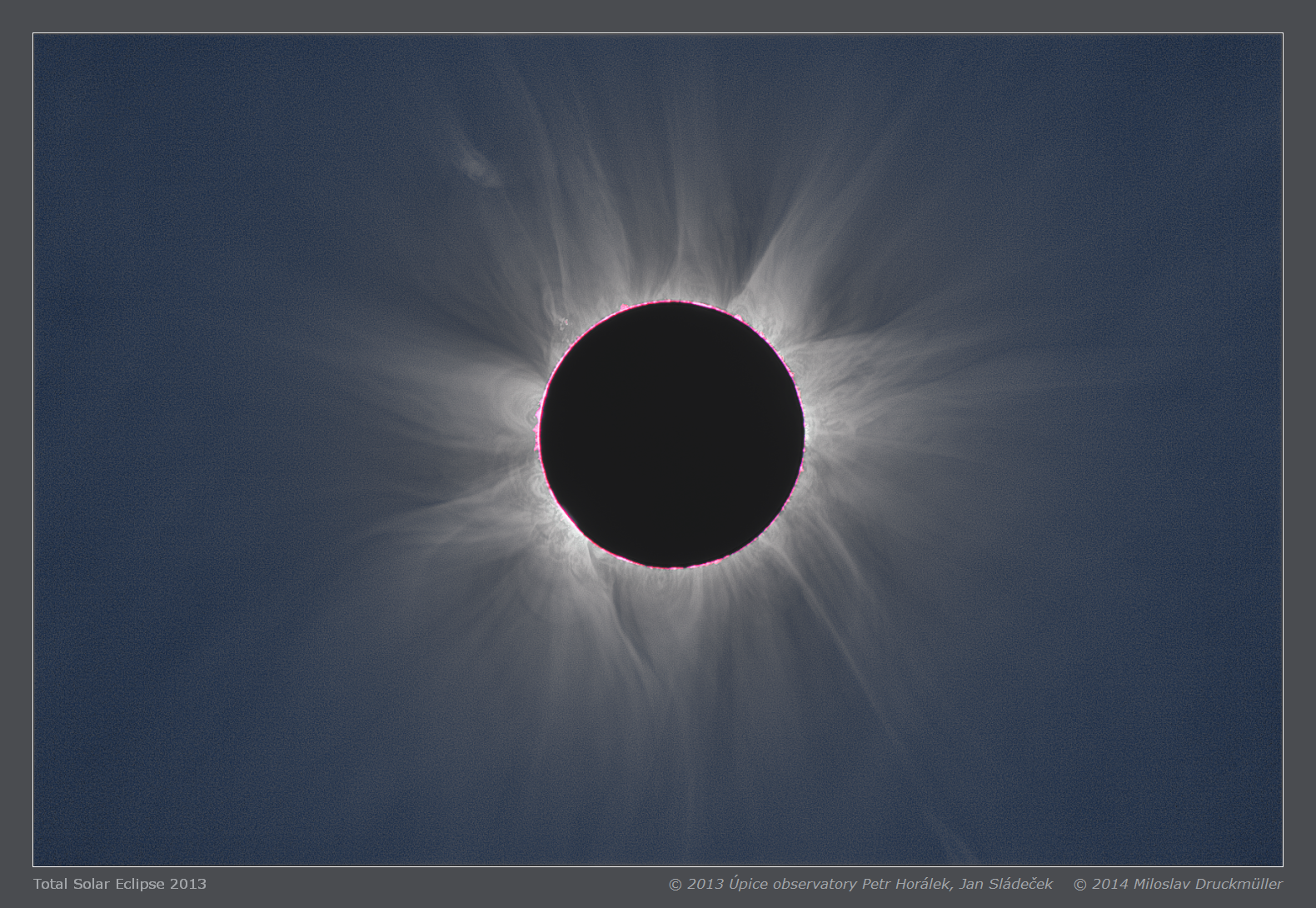
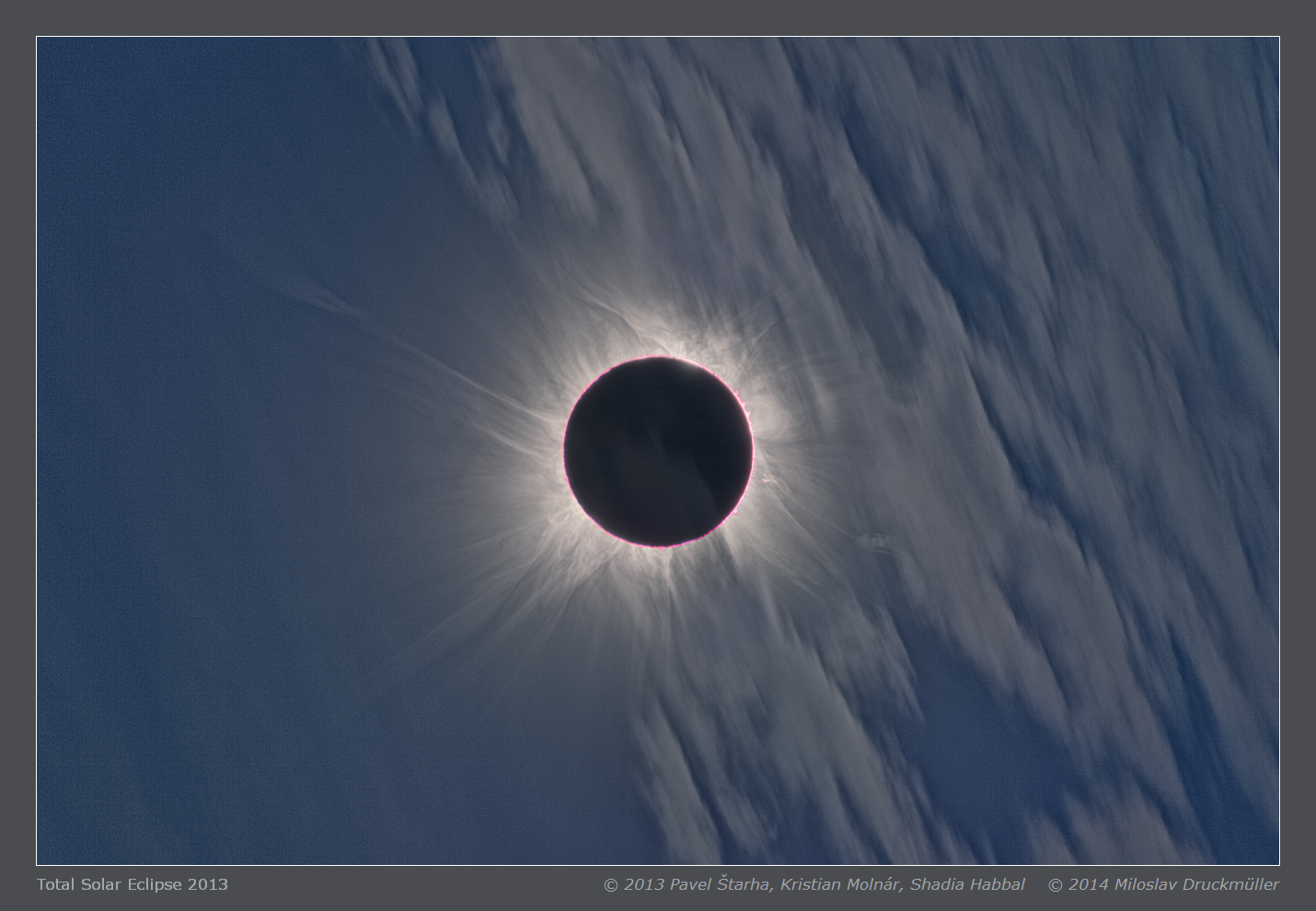
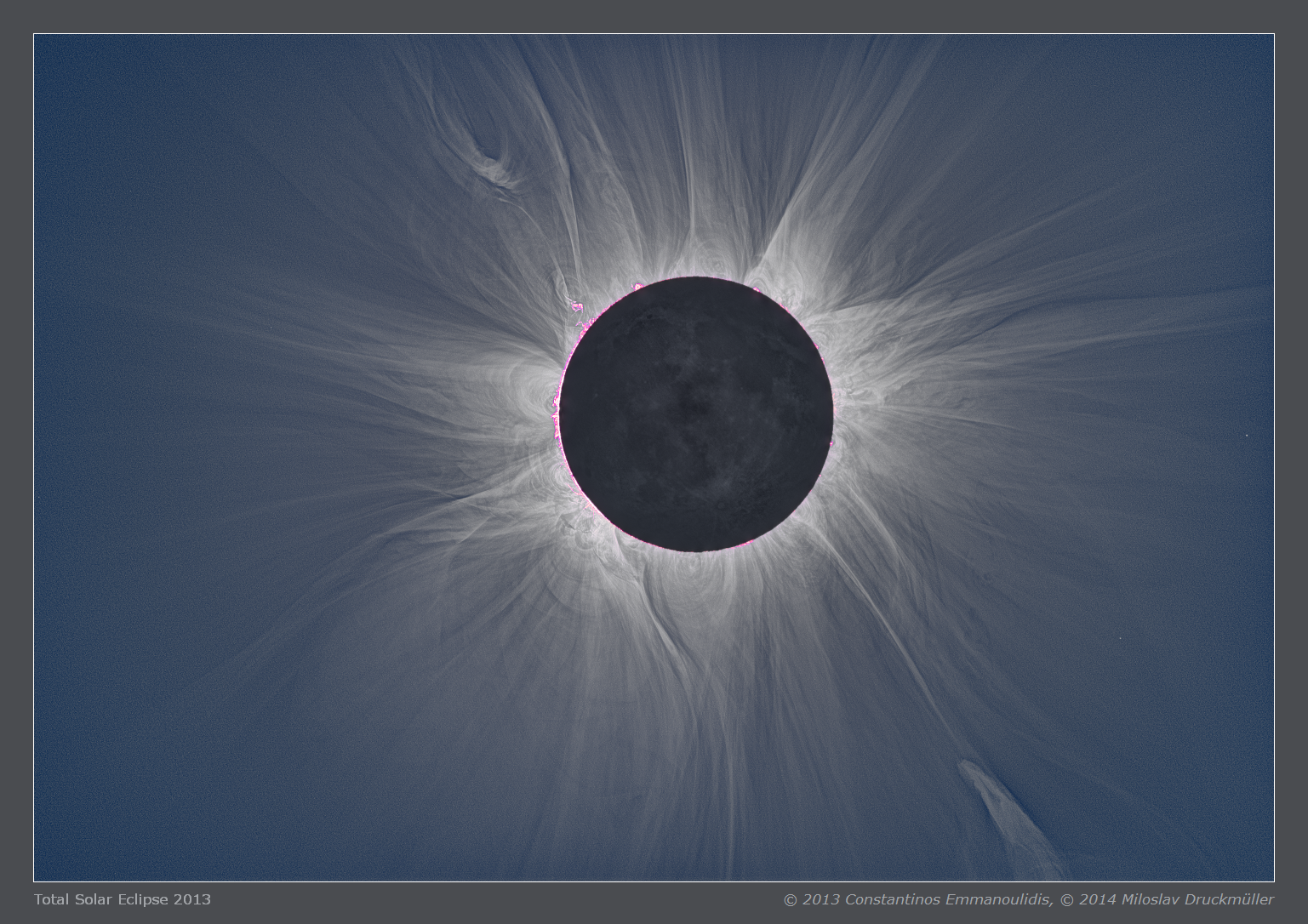
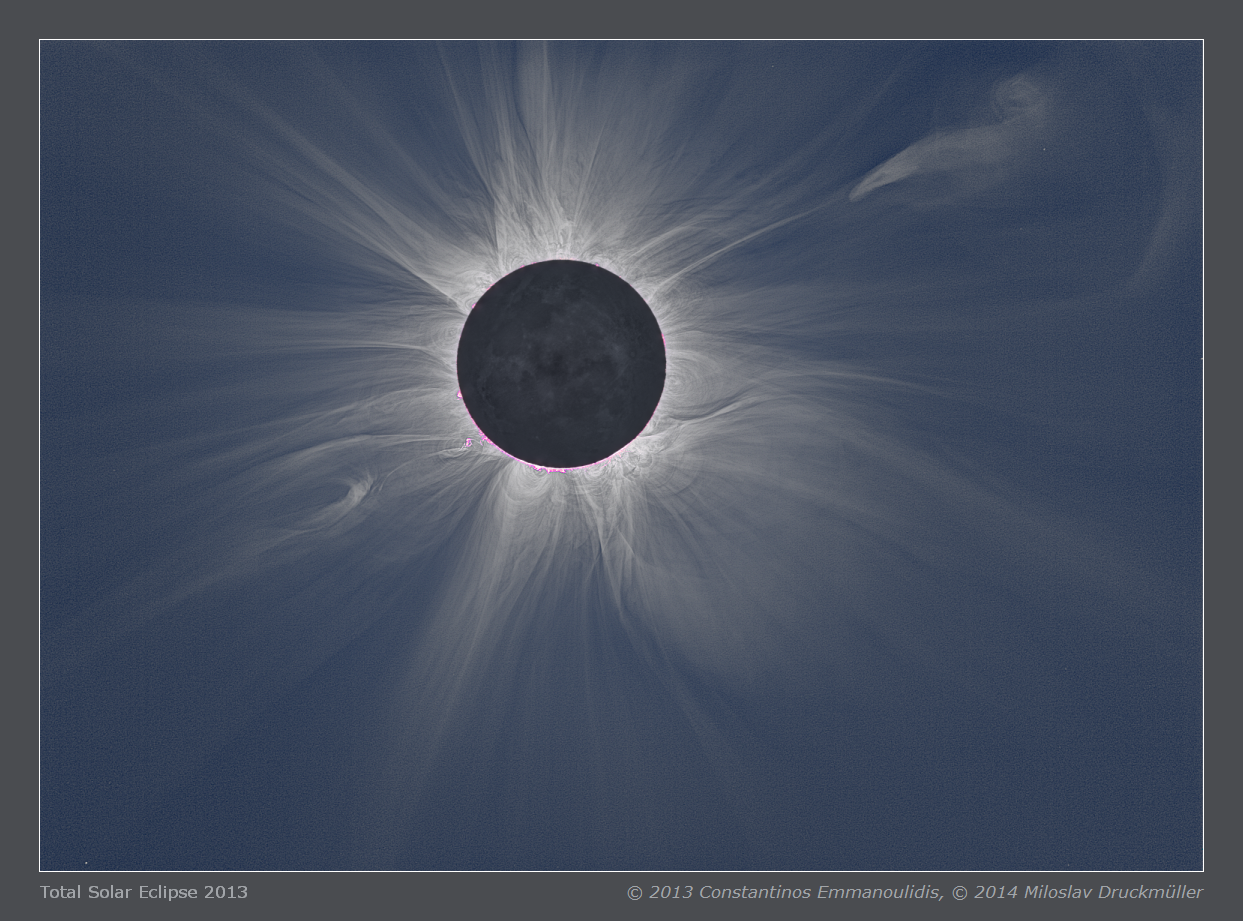
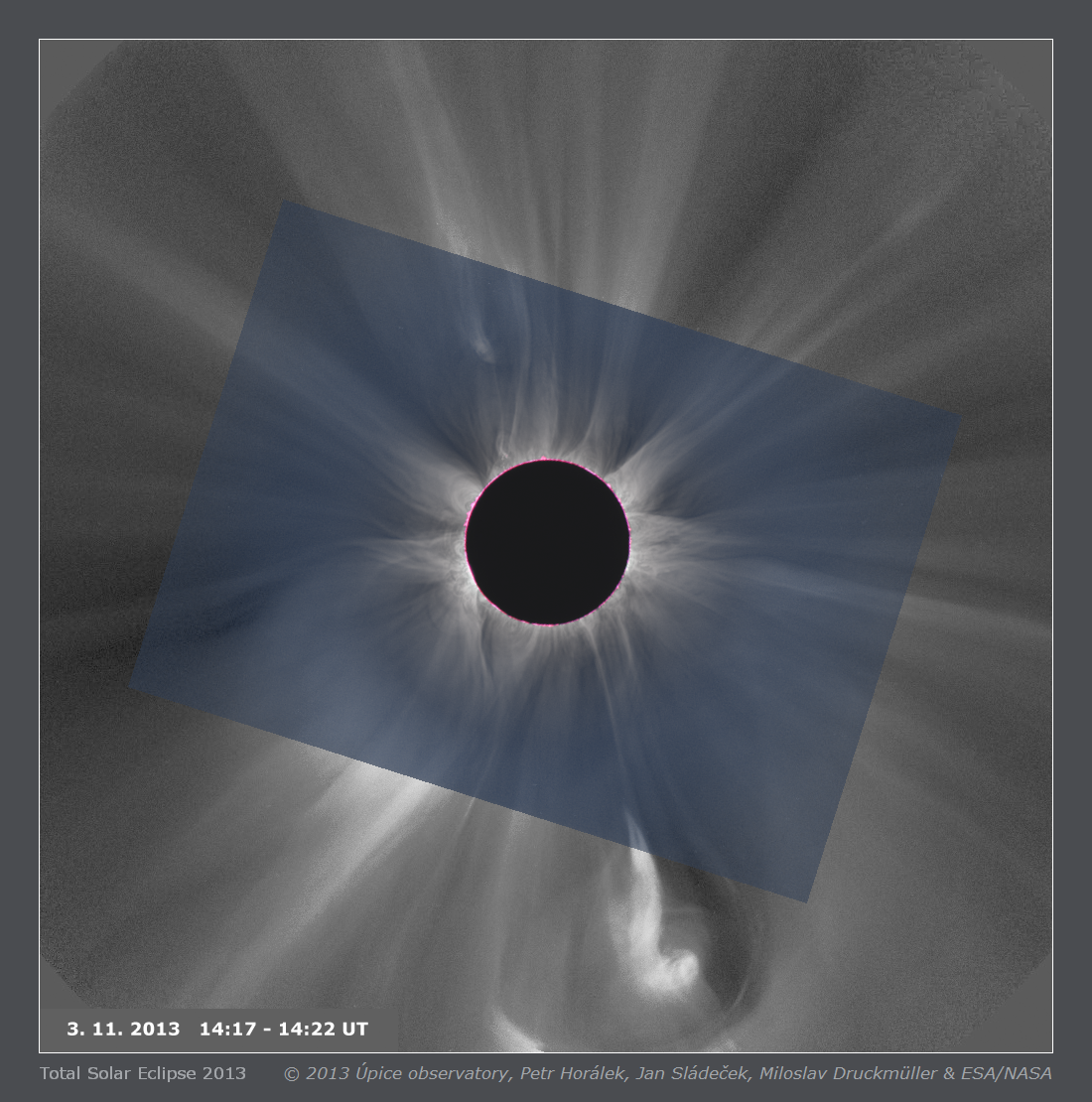

On November 3rd, 2013, a total solar eclipse occurred as the Moon passed in front of the Sun, causing its shadow to fall over a swath of land in Africa. With camera teams in three different countries along the path of totality, Miloslav Druckmüller was able to bring out extraordinary details in the Sun’s corona, even improving upon what spaceborne satellites (such as NASA’s SOHO) could observe. Baily’s beads are visible at the eclipse’s edges, as sunlight pokes through lunar craters on the Moon’s border. During the darkness of totality, long-exposure images can bring out background stars, whose positions shift slightly due to the Sun’s gravity, a predicted effect of Einstein’s General Relativity first confirmed during a solar eclipse in 1919. Loops of plasma more than twice the diameter of Earth extend from the Sun’s limbs, with the face of the Moon visible in the longest-exposure images due to Earthshine, or sunlight reflecting off of the Earth and illuminating the Moon’s surface. Remarkably, at the best photography site, totality lasted a mere 19 seconds. Because of this short duration, the photo below displays the entire lunar shadow falling on the Earth.

Leave your comments at the Starts With A Bang forum on Scienceblogs!
